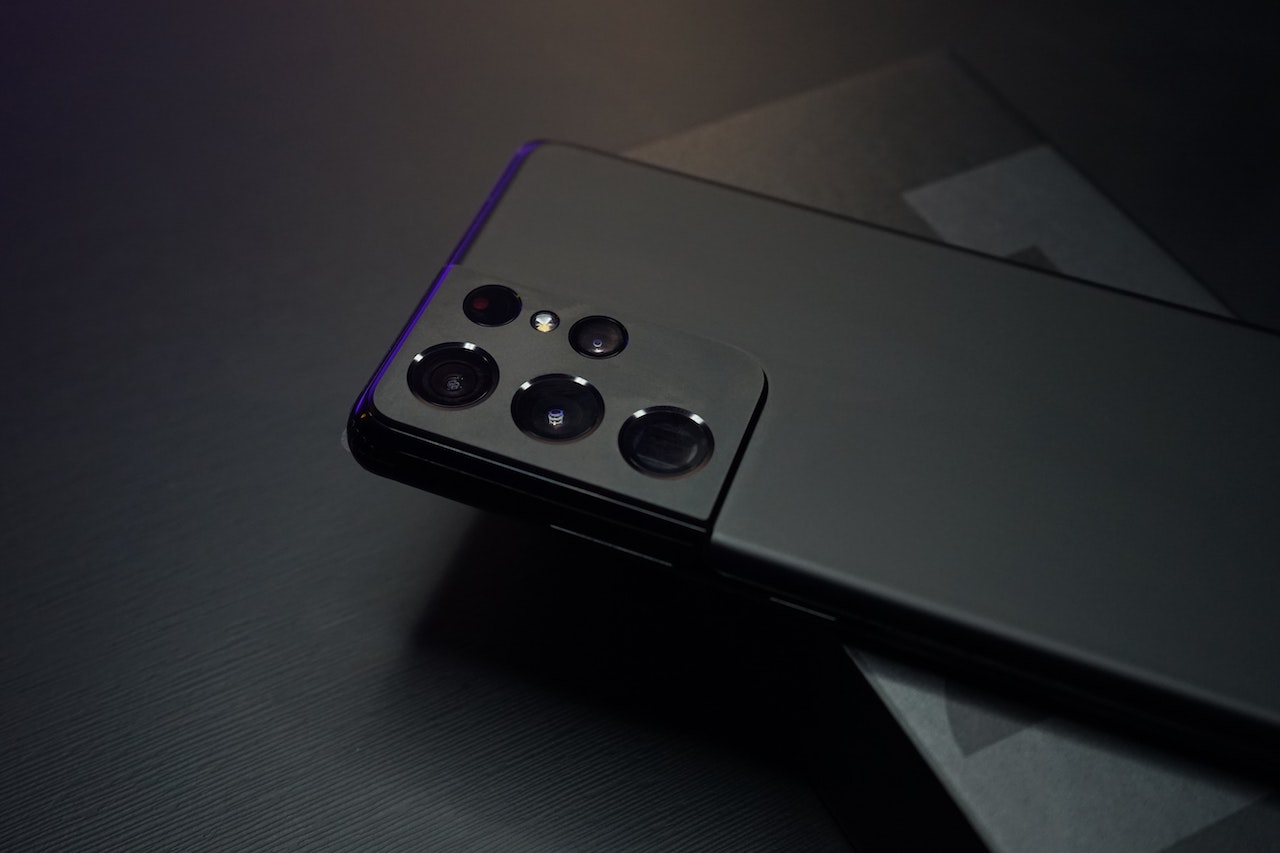Facial recognition smartphone often easy to crack
Let’s face it, most people are perfectly fine with giving up some privacy to make life a little easier. I am one of those who basically disables all cookies. Even (or especially) when you are made extra difficult. Most people don’t care and just hit agree.
For example, many people think it’s great to have their target somewhere in a database if it means they can unlock their phone just by looking at it. It’s a pity if it turns out that anyone with a clear photo of your face can also access your phone.
Consumers’ Association is once again keeping its finger on the pulse
It is not the first time that the Consumer Association is chasing manufacturers of smartphones. For example, they previously forced Apple to supply an adapter with the iPhone 12. Four years ago, the Consumers’ Association investigated for the first time how safe facial recognition on your phone really is. Researchers looked at which devices could be unlocked with a photo of the owner. 26 telephones fell through the basket (a list can be found in the previous link). That using biometrics to secure your phone is not without risks was therefore known for a while.
This time the union examined 26 devices, and guess what? 43% of these phones failed the test. iPhone and Samsung turned out to make the safest devices. All recently tested iPhones passed the test. At Samsung there was a single stowaway, 11 of the 12 tested devices turned out to work safely.
The price determines
What was striking is that it is always the cheaper devices that turned out not to be safe. Think of Honor, Motorola, Oneplus, Oppo and Xiaomi, but also the once so renowned Nokia. At Samsung, usually an A brand, it was also the cheapest model that did not pass the test. However, price is not always the absolute indicator. With some regularity, a device of more than 500 euros also fell through the basket. Namely the Xiaomi 12T Pro (€620), 13 (€750) and 13 Pro (€1300!), and the Nokia X30 5G (€510). The full list of devices and whether they successfully passed the test can be seen again in the link.
Consumer advice
In short, the Consumers’ Association prefers that biometric locking methods that are demonstrably unsafe are no longer offered at all. Yes, the manufacturers indicate that biometrics are not always the safest option, but they do boast that the devices have the feature. You have to be careful, especially with older devices. Devices older than 1 year are not always safe, according to the Consumers’ Association. Sometimes it is possible to set the facial recognition “stricter”, but the article also points to the possibility of simply securing your phone with a PIN code in the old-fashioned way.



